
People, Protest, Poster
FNDT 161 Core Design
People, Protest, Poster is an interdisciplinary 2D-based project exploring text and imagery in relation to the contemporary art movements introduced during the course. Through a holistic process of creative writing, image-making, binding, exhibiting and feedback loops, students will practice many steps from prototyping to presentation. Students will practice the modes of thinking and activities that comprise designing. These include: understanding the societal context for design, learning how to frame good design questions, undertaking research, practicing iteration, documenting process, testing and presenting outcomes, learning critique, and refining work. Through this project, students re-configure articles from major newspapers into small square posters to explore principles of composition while expressing the meaning of the news pieces. In this project, student designed a series of five posters as a response to a social, political or ecological event they contemplated upon. Through the research and design process students created a body of work based on their interpretation of the event with the goal of raising awareness.
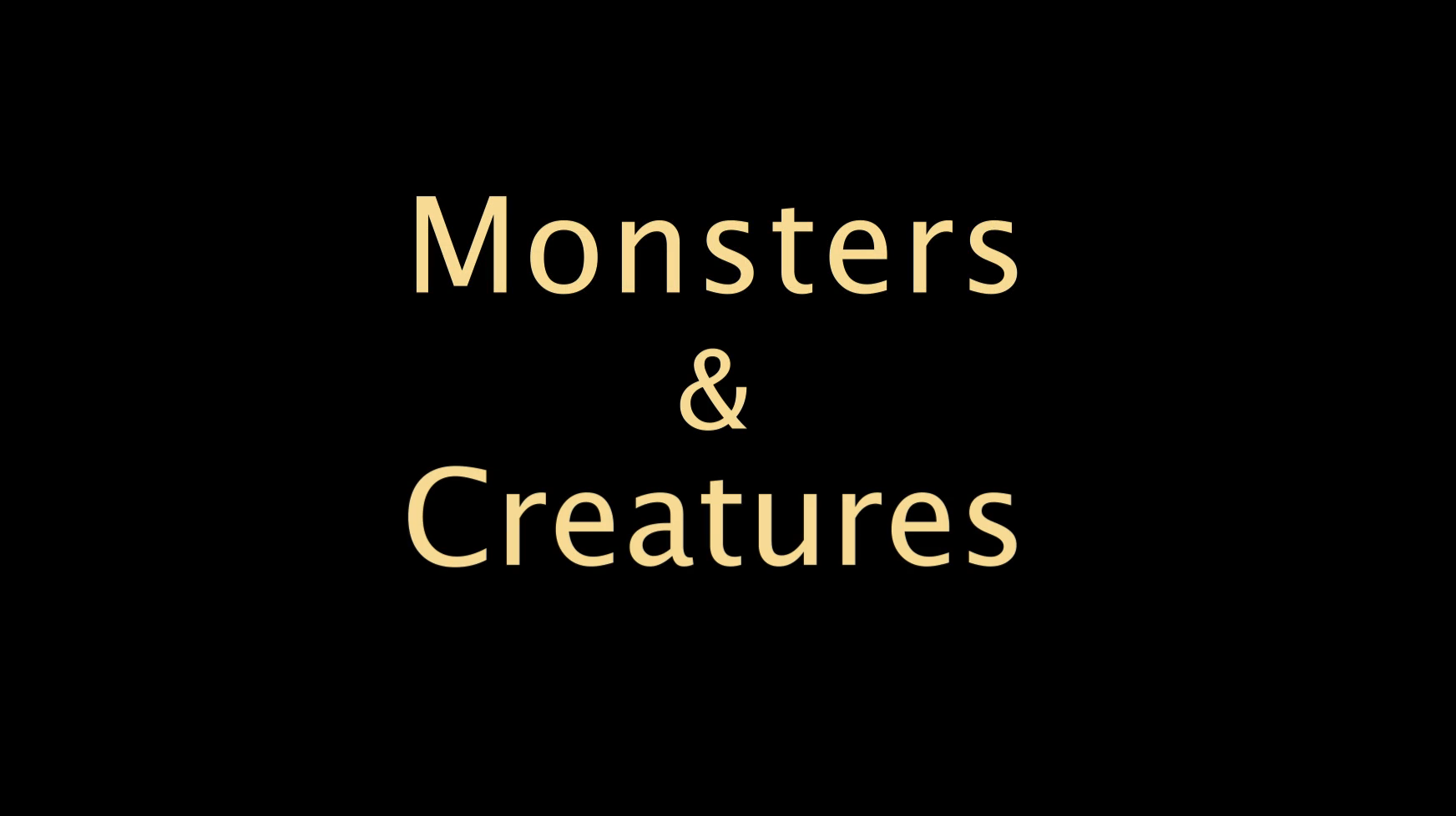
Monsters and Creatures
FNDT-142 Foundation Animation
Monsters and Creatures
This piece is a compilation of work from Foundation Animation students for their final project of the semester. Students are given an image they must begin and end with in order to effectively link all the projects together. As a group they came up with an overall theme for the project, and were given a colour palette to maintain some consistency.
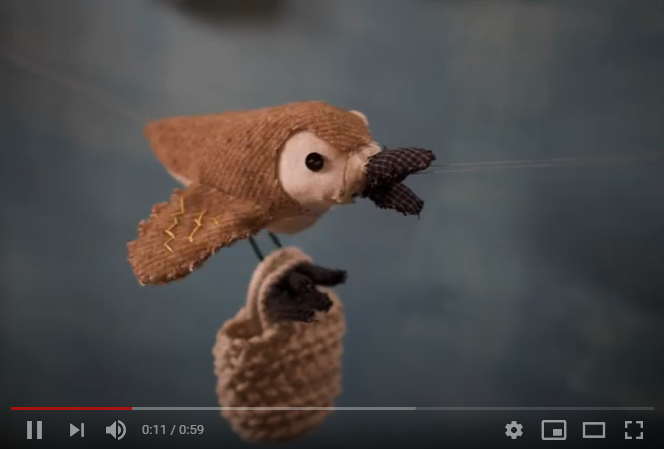
Name, Place, Animal, Thing
FNDT 145 Designing with Image + Time
Responding to a game of ‘Name, Place, Animal, Thing’ students in this studio course created stop-motion animations as their final project. Students used iterative design processes to communicate their narrative arcs through various analog, spatial and digital formats. By designing images, character triptychs and storyboards, students demonstrated the ability to visualize, plan and execute compelling stories, that also highlighted their understanding of formal design elements and principles.

Soft Sculpture Assemblage
FNDT 164 Visual Arts Core
Free to explore whatever ideas that are on their mind, while researching how materials that don’t necessarily belong work together, each student* created sculptural pieces that began as soft before morphing into multi-media pieces (and observational drawings). Upfront in presence, they lean, drape, stand, slump, or rest through the consideration of materials that are forgiving, flexible, spongy, malleable, easily sewn, woven, knitted, punctured, stuffed, knotted, braided, and twisted, while ask viewers to imagine how they came into reality and what meaning they fabricate.

One-Page Score
FNDT 165 Core Visual Arts
The One-Page Score Project involved a collaboration with Vancouver New Music (led by Giorgio Magnanensi) in which students created visual sound scores that were then performed by professional musicians. These works provided alternative means for understanding colour and synaesthetic relations between imagery and sound.

The Secret World
FNDT 155 Illustration
The "Secret World" project encouraged students to invent and illustrate an alternative, fantasy world. The project started with mapping the environment and constructing the imaginary landscape. Next steps included designing concept characters based on human anatomy, 3D modelling, storyboarding, book-making and full colour illustrations. At the end, students presented the entire "world" using online (multimedia) presentations.
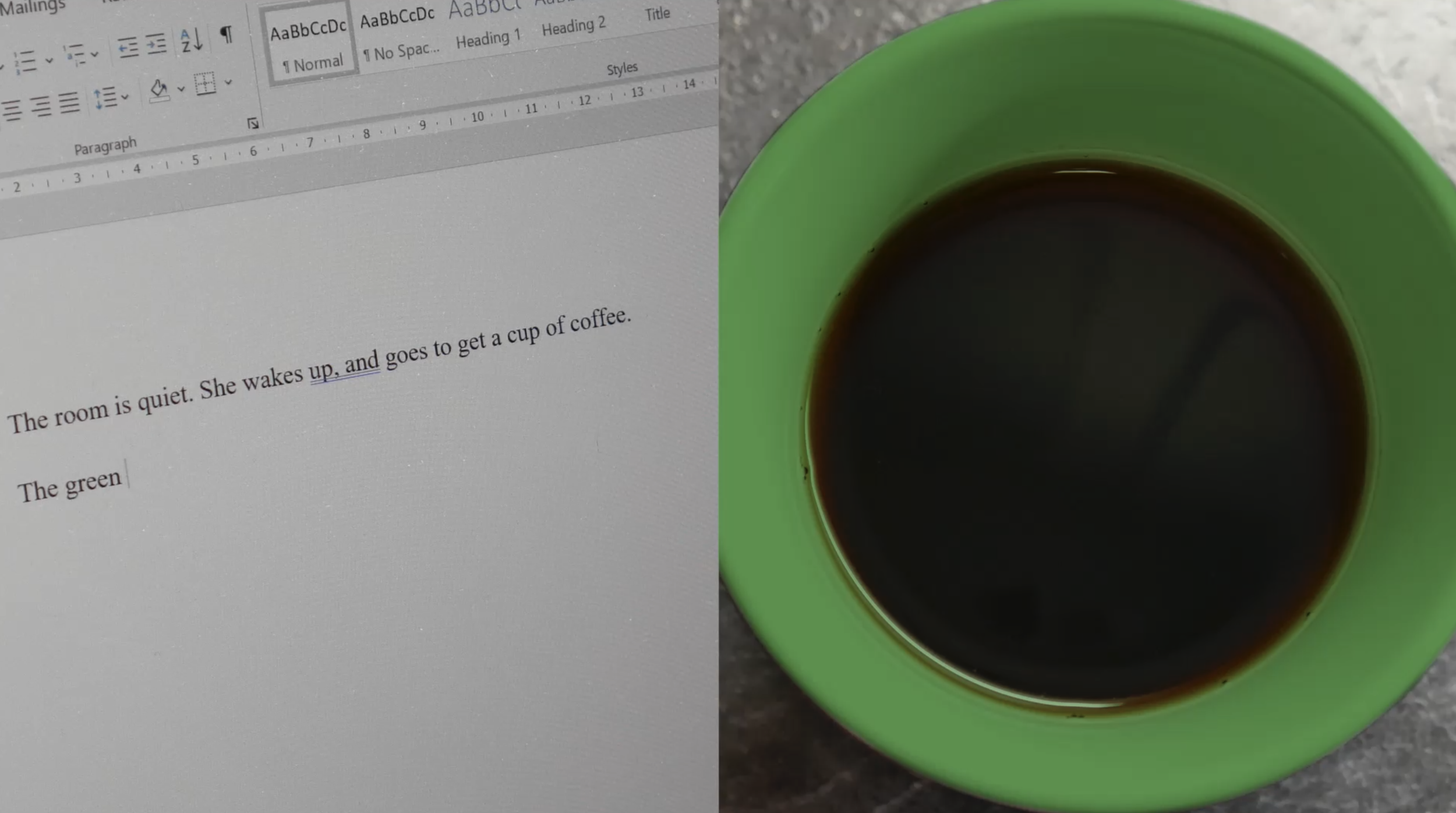
Con•Current : Video Diptychs
FNDT 160 Core Media
Students were invited to create a video diptych that explored opposing / complementary forces, parallel / integrated action, with attention to the relationships between content, composition, patterns and colours.

Core Media Photo
FNDT 160 Core Media
These were the students' final projects, and the theme and execution were open. They had to write a proposal but could choose if they wanted to work with "straight forward" photography, manipulate their imagery, work with archival images, or create a Stop Motion animation.

Connections
FNDT 160 Core Media
For this assignment, students wrote a short text reflecting on what the notion of ‘Connections’ means for them. After recording their text as voice over, they then created an accompanying video using techniques learned in class.
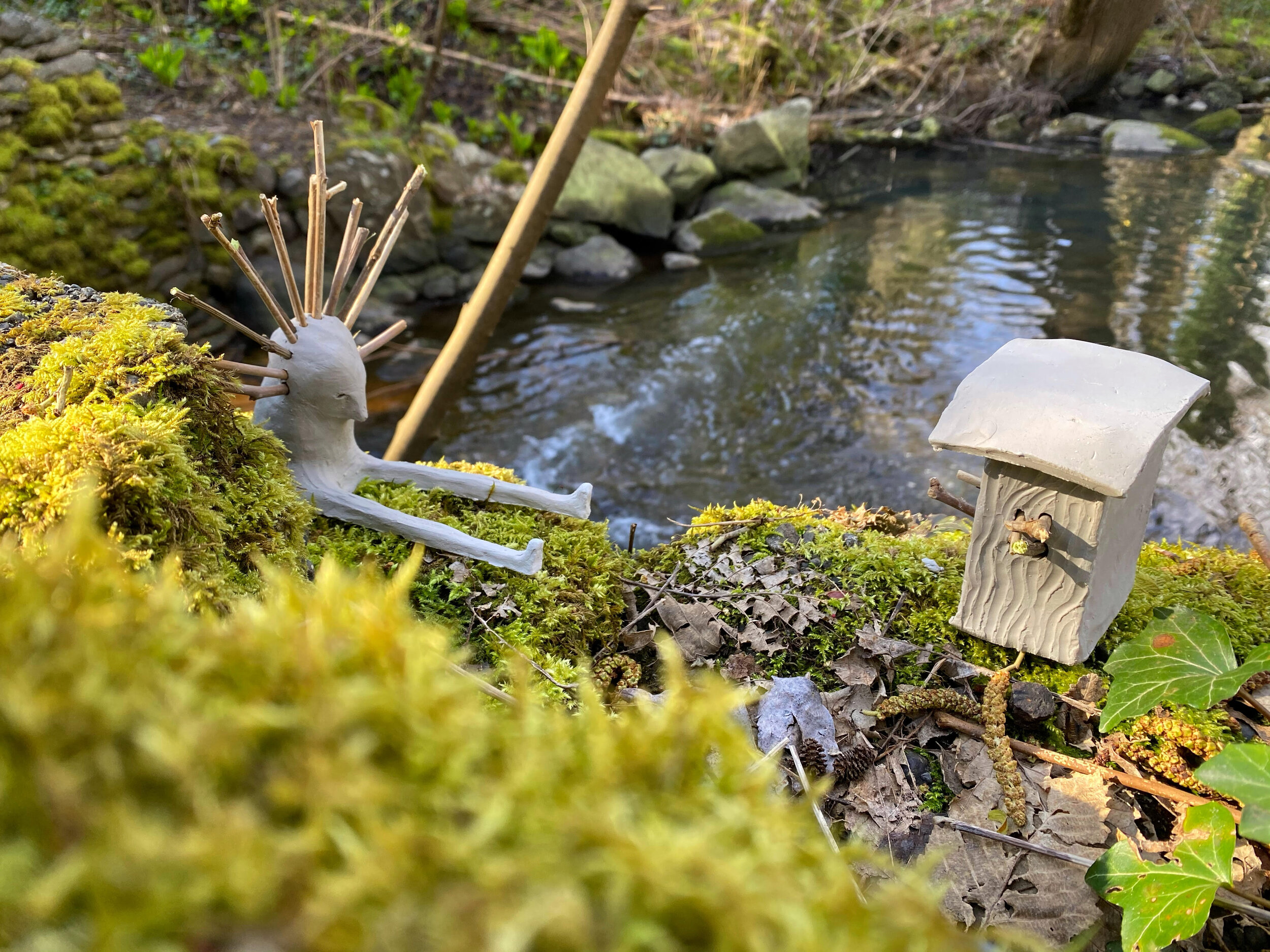
Nature, Site, and the Ephemeral
FNDT 127 Ceramics
Students were asked to consider the relationship between the land, the environment, and a particular site using clay as a material. In this online ceramic class, students used the outdoors as studio, and incorporated it into the content and context of the work. The work itself contemplates ideas related to observation, impermanence, and intervention, and was submitted as a photograph or a video.

Core Media Animation
Tracing Loops involved making drawings or isolating elements of video that students initially recorded.
The prompt was to produce a creative documentation of a particular process or activity. The intention was not to make a conventional, how-to, instructional video. Instead, imagining a collage approach was encouraged, to suggest a narrative of sorts, as a poetic observation.
To achieve this, the students envisioned a composition that consisted of cycles. With cameras, they were to record short actions that repeat, that make loops, material that could then be composited by way of editing, drawing, extracting, processing, and animation.

Stop Motion Animations
FNDT 160 Core Media
This assignment had two components, which were graded individually. The first part was to create a stop motion animation; the second required students to add sound to that animation. For this, they could either use voice/character sounds, sound effects and music that they recorded or researched in a free sound archive.

The Shape of Light
FNDT 152 Video Essentials
Project: The Shape of Light
Project description: In this project, students are required to create a media-based work using the lighting techniques they learned from the class. What lighting could do to contribute to their work is one dominant element they needed to take into consideration. The format of their project is not limited. It could be a series of photographs, a video, an animation or a short film, maximum 3 mins. Projects are assessed based on the quality of the video in general (including exposure, color, framing, camera movement, camera angle, sound, editing, etc.) Lighting techniques working as a visual language plays an important role in the assessment process.
This project was built up during the COVID-19 pandemic. The majority of the students did their work individually during this difficult time.

Developing Story
FNDT 152 Video Essentials
Project: Story
In this project, students are asked to make a short film. The genres are unlimited, including drama, horror, documentary, and animation. Students could use all the skills, technologies, and knowledge that they have learned throughout this semester. All the projects are evaluated based on the following aspects: story, visual language, sound and editing.
Stories are marked according to character development, and story structure; Visual language is marked based on the choices of exposure, camera movement, camera angle, shot size, composition, color, and lighting; In terms of sound, students need to be extra careful on sound design: dialogue, sound effects, sound editing, and music; Editing could be a chance for the students to recreate their work after shooting. They are required to think about the duration of each shot, transition, and the sequence of the clips in order to formulate the spectatorship. This project was built up during the 3rd wave of COVID-19. The majority of the students did their work individually during this difficult time.

Audiovisual Experiments
FNDT 160 Core Media
This project is an open-ended audiovisual composition 2-3 minutes in length. You can expand on one of the previous projects (video, animation, or soundscape) or start something new without those constraints. This project can be narrative or a more formal exploration, or something in between. Use this project to explore content that you are invested in personally.
Consider the various media systems at play -- the computer, the internet, screens, and speakers -- and think about how they function — as surfaces, windows, portals, realities, characters, pages, information, etc. Think about the language of film, animation, and new media -- how might you use these value systems and/or push against them? What role does sound play in your compositions? How does the sound affect how we understand the images? Does the sound support the visuals or does it act as a counterpoint to your images?
Include a few sentences describing your concept and the techniques used in creating the piece.

The Body
FNDT 164 Visual Arts Core
Students were asked to expand on their figure drawing practice by responding to one of three prompts, with the human body as the central theme:
-How has the pandemic shifted the way we physically interact with each other?
-How do we as humans relate to the natural world and how do our bodies interact with and depend on our environment?
-How does social media affect our relationship to our body/other bodies?
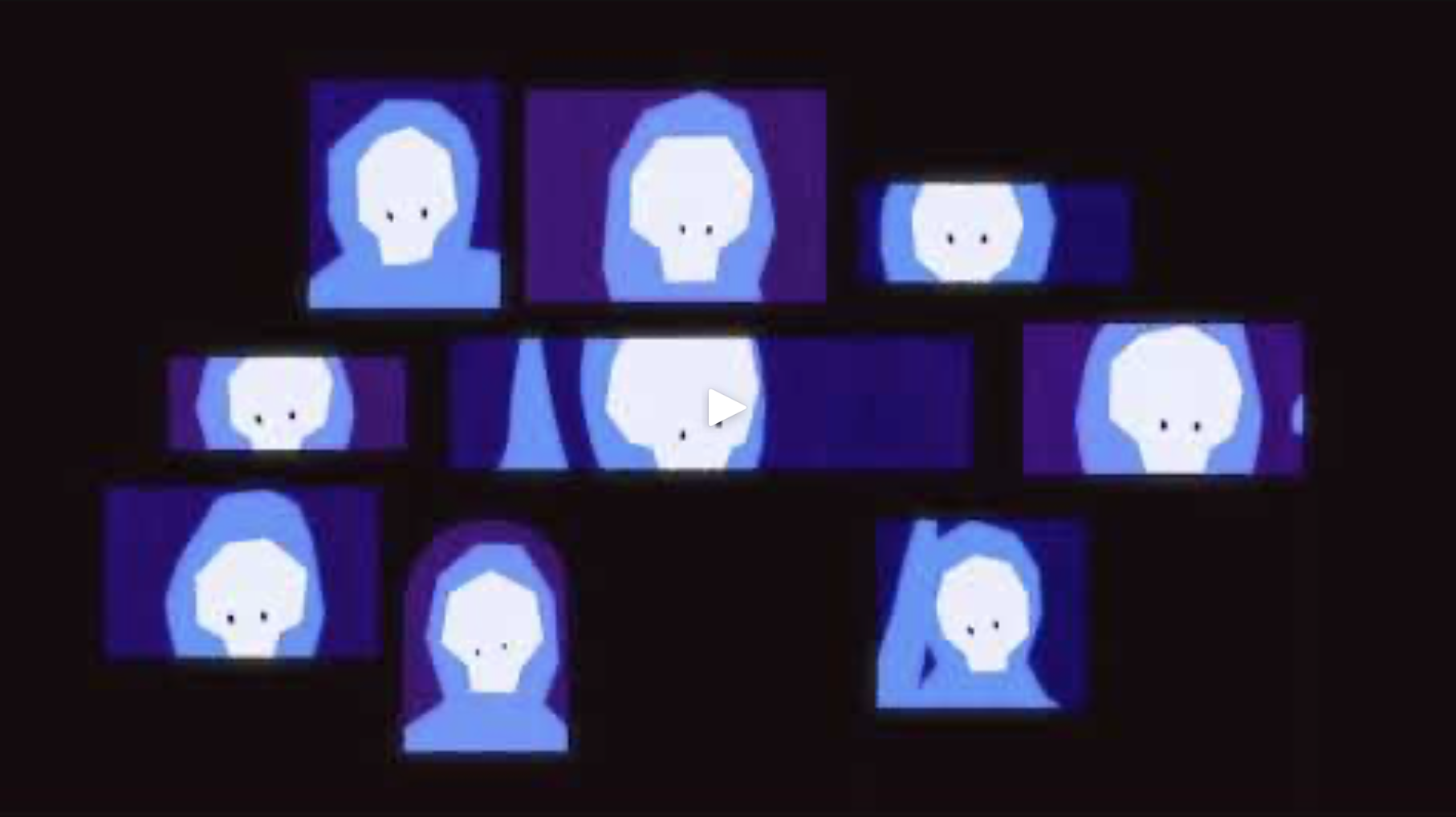
Self-Directed Media Work
FNDT 160 Self-Directed Media Work
These projects are based on our shared experience of the past year. The class agreed that the central themes should be isolation (especially related to technology); our embodied experience; and in expressing joy and playfulness.
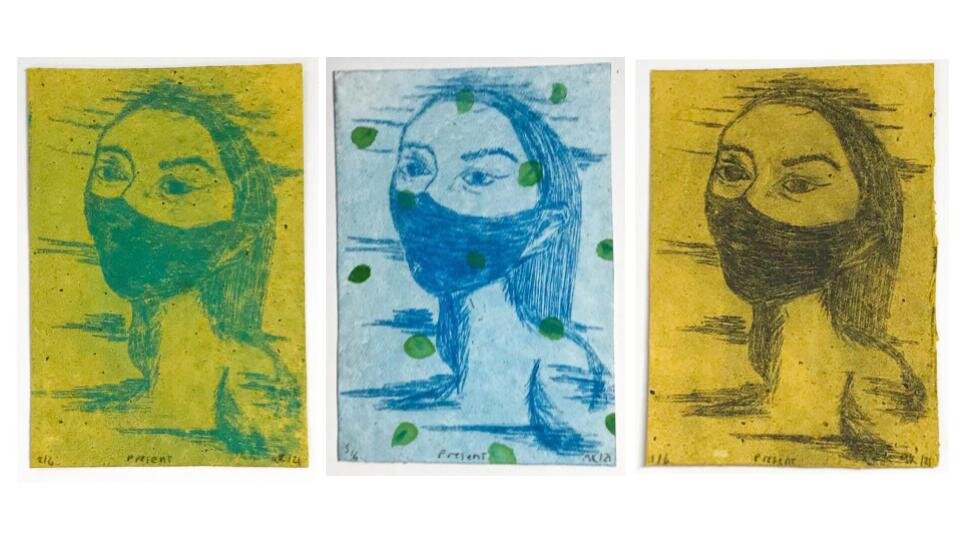
Adding Colour
FNDT-151 Printmaking
Students were asked to experiment with approaches to adding colour to prints by either repurposing a linoleum block/matrix from a previous project, or creating a new one. I chose to share this project because I felt that the variety of examples are a joyful expression of the possibilities of printmaking, even when working from home!

Folklore and Mythology
FNDT-142 Foundation Animation
This piece is a compilation of work from Foundation Animation students for their final project of the semester. Students are given an image they must begin and end with in order to effectively link all the projects together. As a group they came up with an overall theme for the project, and were given a colour palette to maintain some consistency.
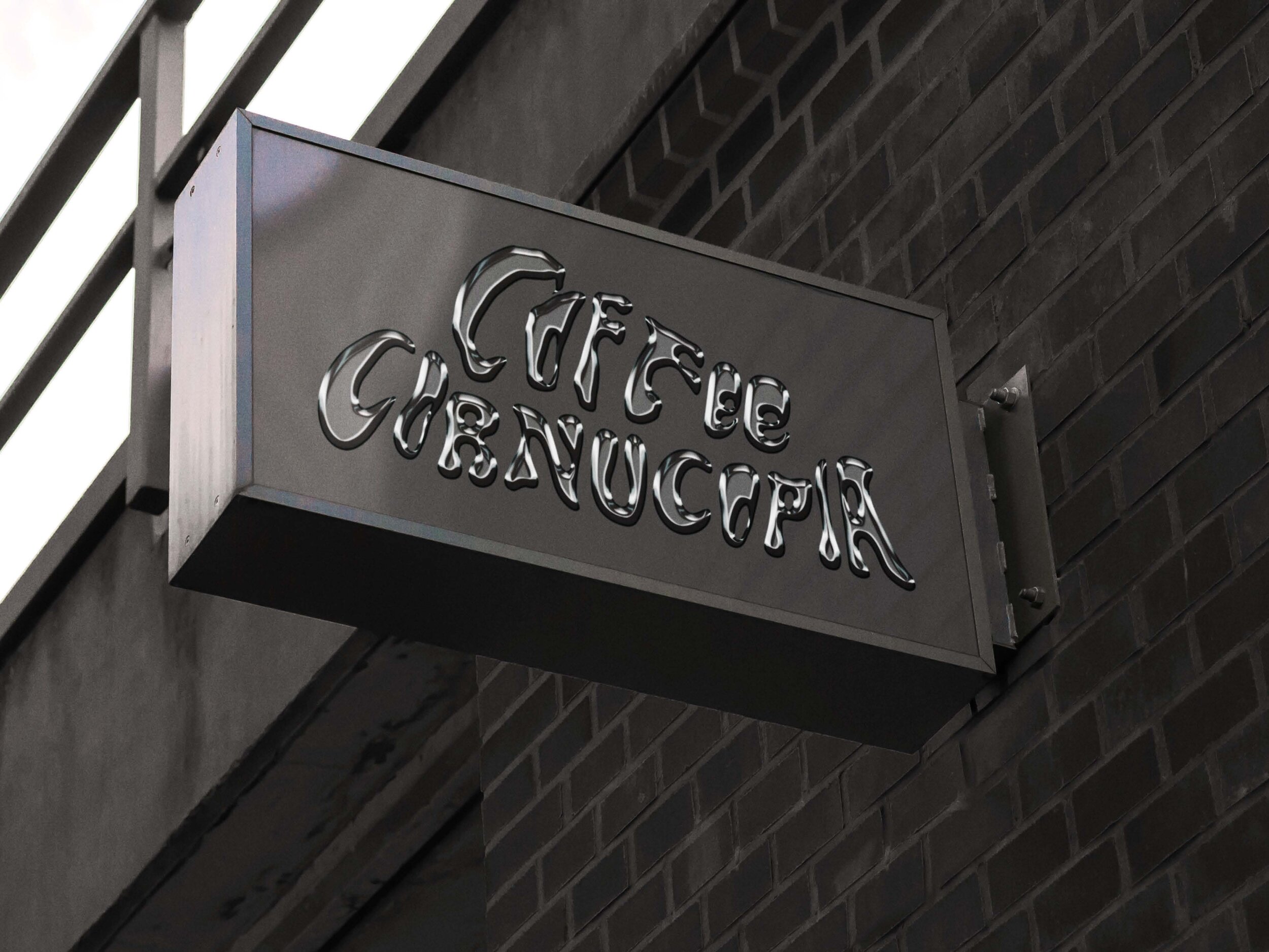
Coffee Shop
FNDT-161-S091-Core Design
The students were asked to create an identity for a coffee shop/tea shop or similar. Their designs had to include labels for cups and or wine bottles etc., suitable packaging for coffee beans and pastry's and a small display module. They were asked to produce these products both digitally and hands on.